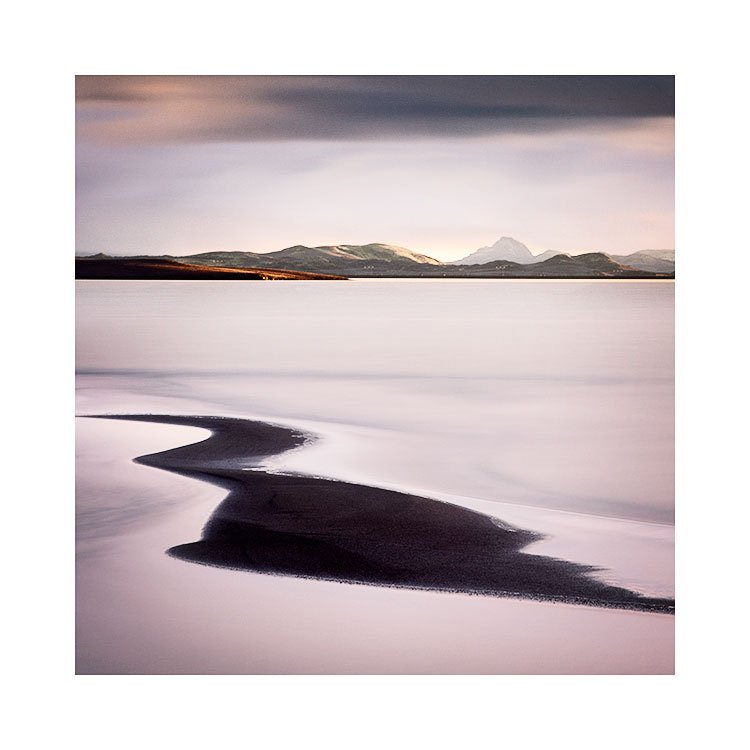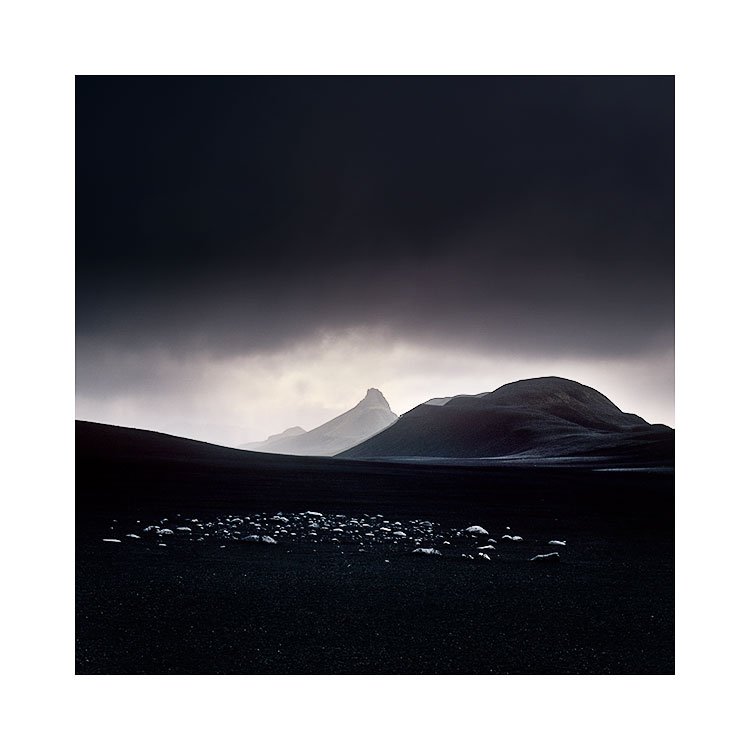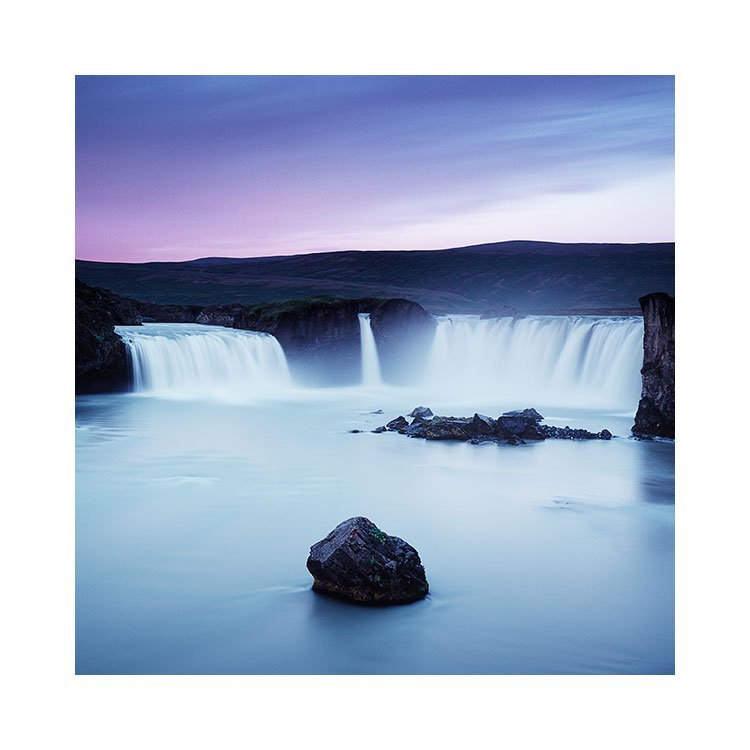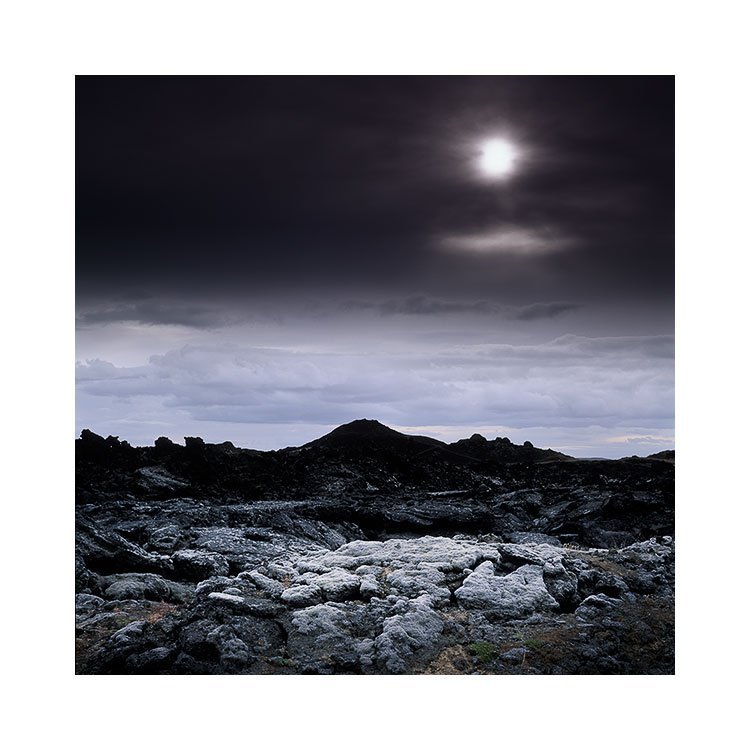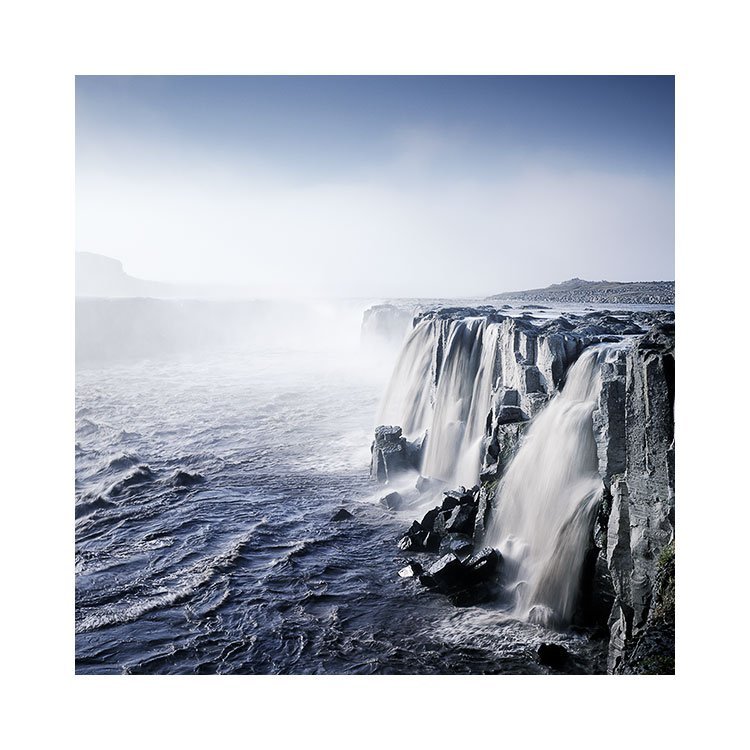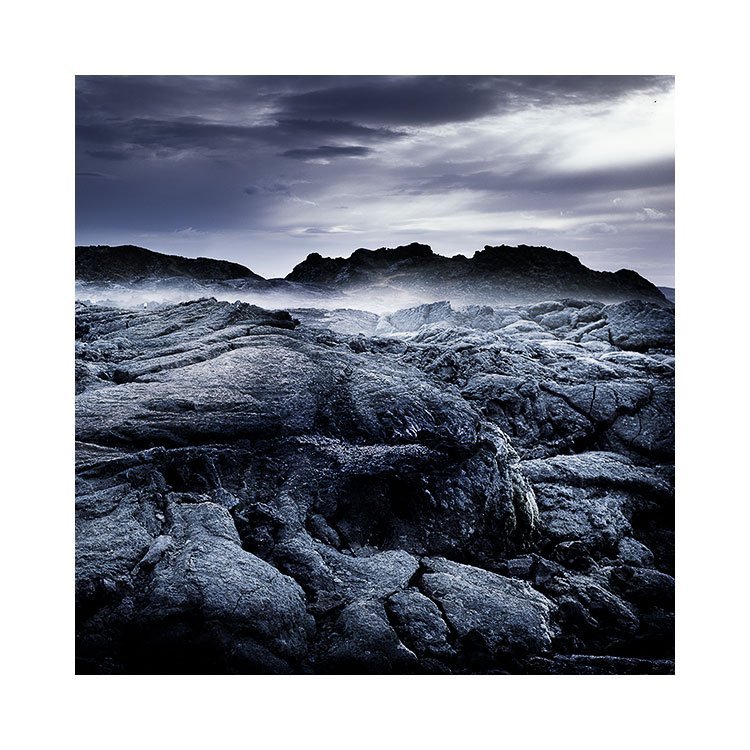Anything that takes me to another place, is high currency in my book. This painting by Paul Barnes does this.
But there is a back story, and one I feel I must share, as it will perhaps be an insight into my photography and my life these past 13 years since I left IT and started to run photographic tours and workshops.
When I first started out running trips, I struggled a bit. I was extremely nervous meeting new people. Having to look after a group of folks for a week is a demanding job, and if you feel you don’t have the social skills or experience of doing this full time: trust me: it’s overwhelming.
A dear friend used to write to me each Sunday night before my workshops began, more as a good omen, to wish me well. I had found that her writing to me, helped me deal with the stress I was dealing with. I found I would not sleep properly before a workshop because my mind was running at 100%. She did this for about 5 years. That just shows you how much of a dear friend she is to me. She kept that up for so long.
Anyway, what has this got to do with this painting?
Quite a lot.
When I started out, one of my early trips was to the Assynt region of Scotland. It has been a personal favourite location for me for over 20 years. I grew up around this area photographically speaking. As an amateur I came up to Assynt at weekends. Since running my workshops for 13 years, I have consistently loved coming to the Ceilidh place in Ullapool, and use this great hotel as my base for the week.
When I visit the Ceilidh place, I always stay in room 4. And in that room there is a painting of a dog - a highly stylised painting, by the artist Paul Barnes. It has become something of a symbol for me.
I have stared at that painting for over a decade. Usually around 3am when I cannot sleep, for worry about how I’m going to look after six strangers for the week ahead.
So last week while I was at the Ceilidh place, I asked Jock - the owner, if I could buy the painting. I feel it has been with me through thick and thin, through my early years, and through all the troubles / doubts and worries I have had. Sadly Jock said no, for very understandable reasons. It is a painting he loves and of course, I respectfully understand where he is coming from.
So I chose to go look at Paul Barnes paintings that are available, to see if I could find something similar, that would have the same vibe as the painting that has been part of my workshop life this past 13 years.
Paul Barnes work is represented by a gallery here in Edinburgh and I saw the above painting was available. Stylistically, it has all the earmarks of the dog painting from room 4 in the Ceilidh Place. Sepia toned, a bit dreamy, out there, Barnes’ work is consistent. Beautiful and dreamy. He is a lovely artist.
And now, I own this. And it makes me happy. Because each time I look at it, it is not only beautiful, but it symbolises my life this past 13 years.
I think we often choose to buy art, based on some unquantifiable reason. I think the dog painting in room 4 has a character to it, that I see in Barnes’ other work, which has touched me in a way that I cannot quite explain.
—
The Ceilidh Place in Ullapool is in my view the best place to stay if you come up to the Inverpolly / Assynt region. If you do come: room 4 is the room with the dog painting by Paul Barnes. That is the painting that means so much to me.







